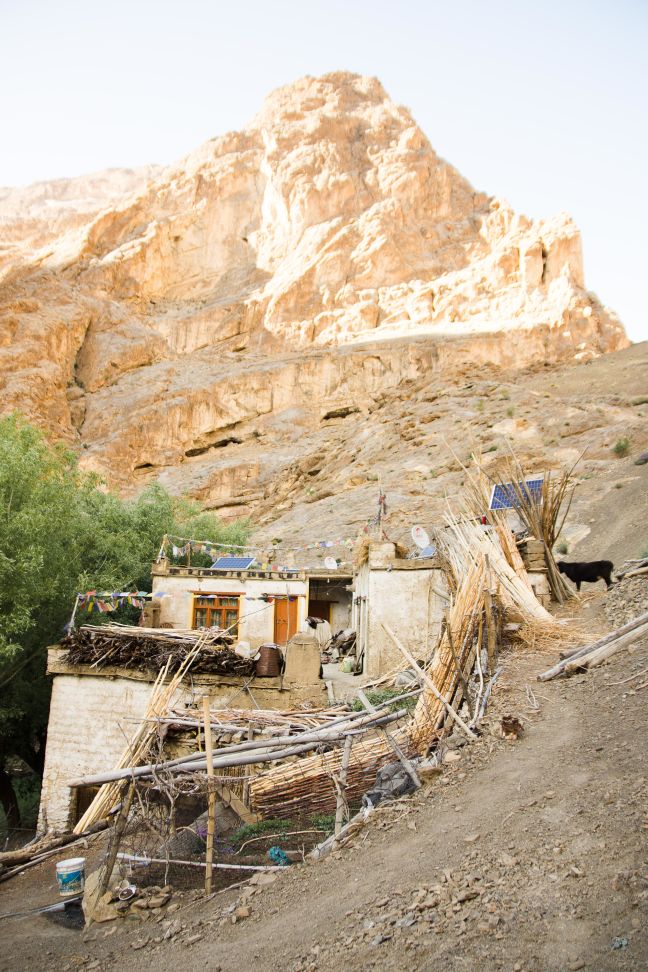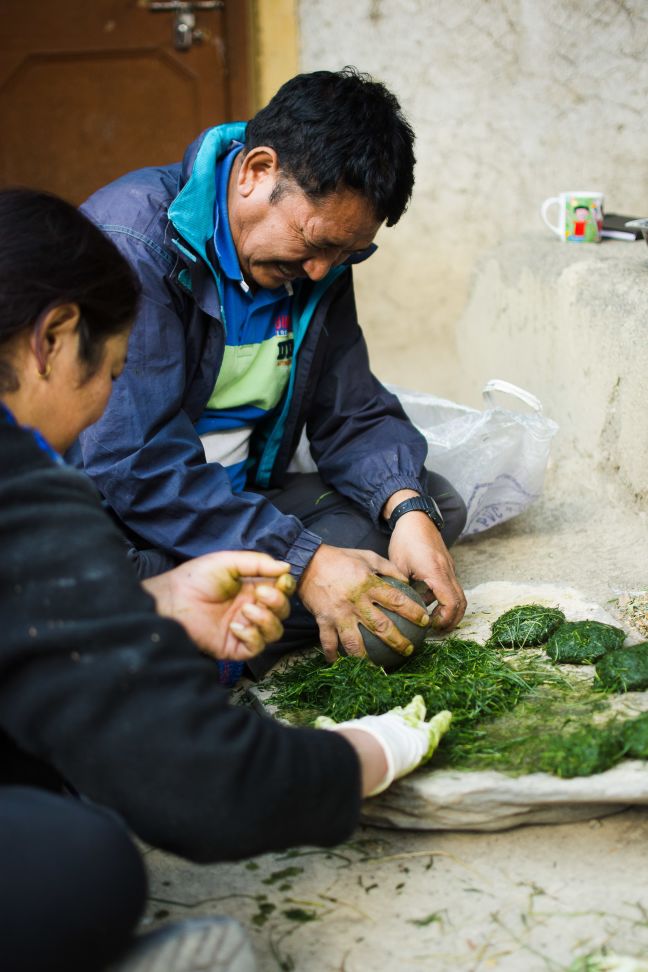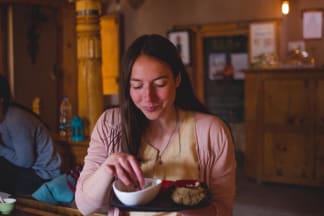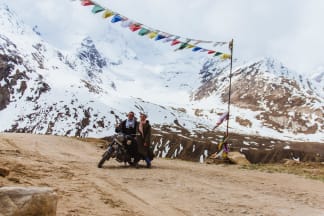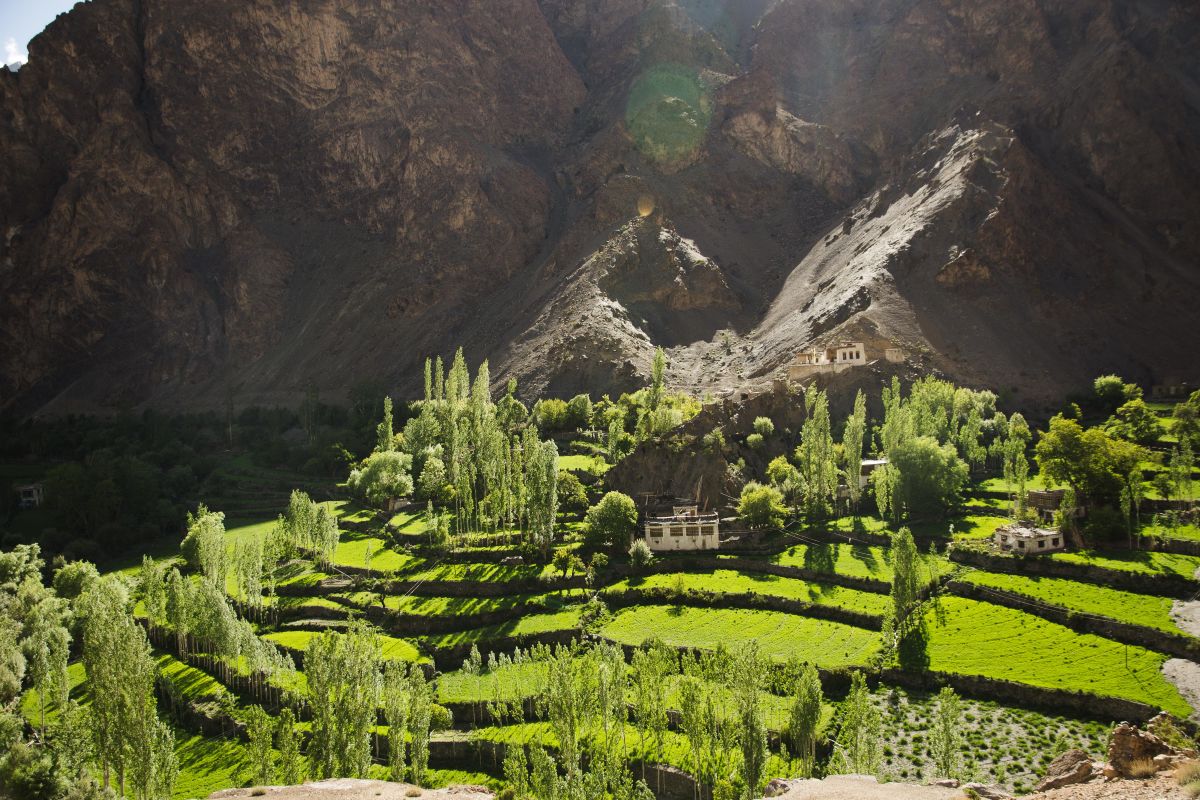

Adventure time in Tar village
I was so excited to go for an adventure. I call it an adventure because well … We don’t exactly go mountaineering to high snowy peaks and we don’t do typical tourist locations you can drive with a car to.
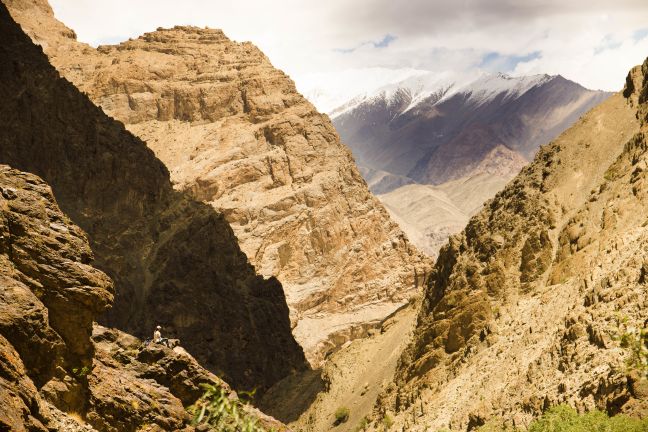
So adventure is the most appropriate expression. We know the destination but have no idea what is waiting for us there.
The reason we decided to go to the village called Tar is simple. It is a village without a road. You need to hike for a good hour to get there. Perfect!
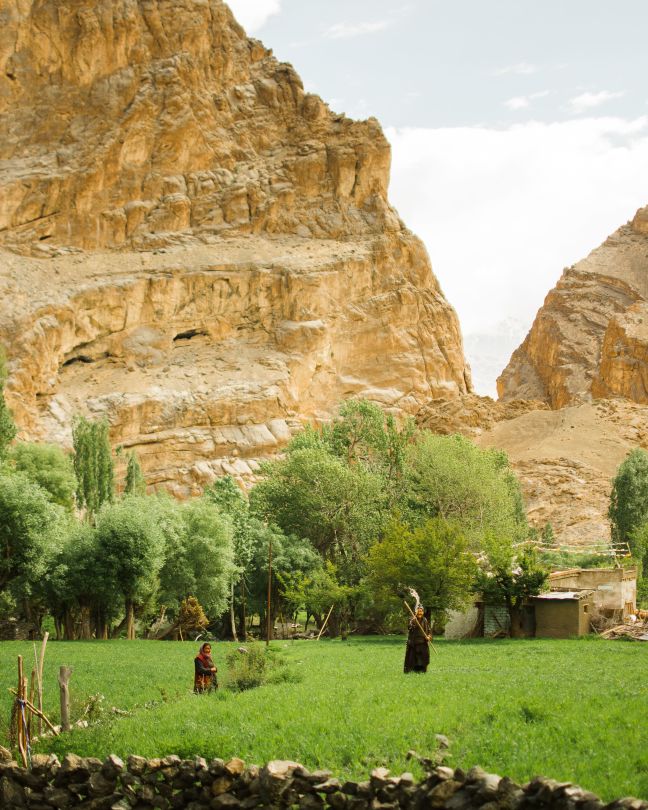
The hike was nice. Since this area is a high altitude desert you go »wooow« in 100 different ways when you see green trees and pink bushes next to the streams. We enjoyed it so much. The abundance of water, tiny apricots already sunbathing on the trees.
When we reached the village we had no idea where to ask for accommodation. But an old grandma came out of nowhere, speaking Ladakhi and smiling at us. Then she took us into a small street where a grandpa was dealing with some wood. He was showing us, that the sun is really hot today.
She took us to the rooftop of one house where another grandma was spinning a piece of wool. Her look and smile! We were melting even though we had no idea what we are waiting for.

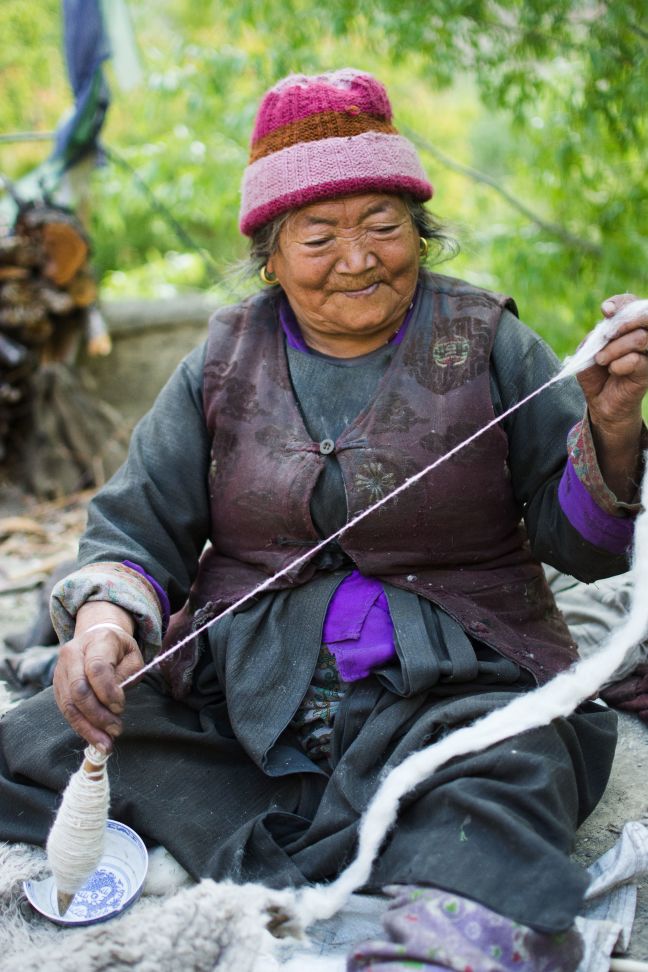
A few minutes later the lady came and said they have a room for us. She spoke quite good English and we could communicate.
After all this boom of emotions – that we are in the middle of nowhere, surrounded by barley fields and mountains and warm people – we already felt at home.
And so the next two days were dedicated for exploration. We went for long walks without any idea where we are going (Klemen’s specialty). Meeting people in the village loudly saying »jouleeey«. I asked many questions to our host and the traditional food she was preparing for us was out of this world.
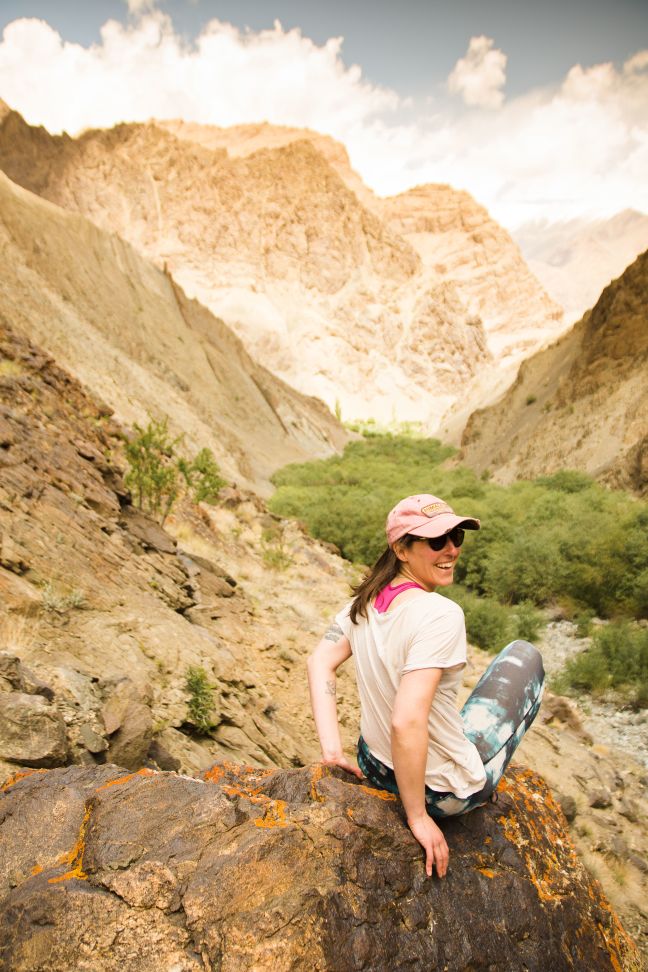
Simple life, you know. Co-existence with nature.
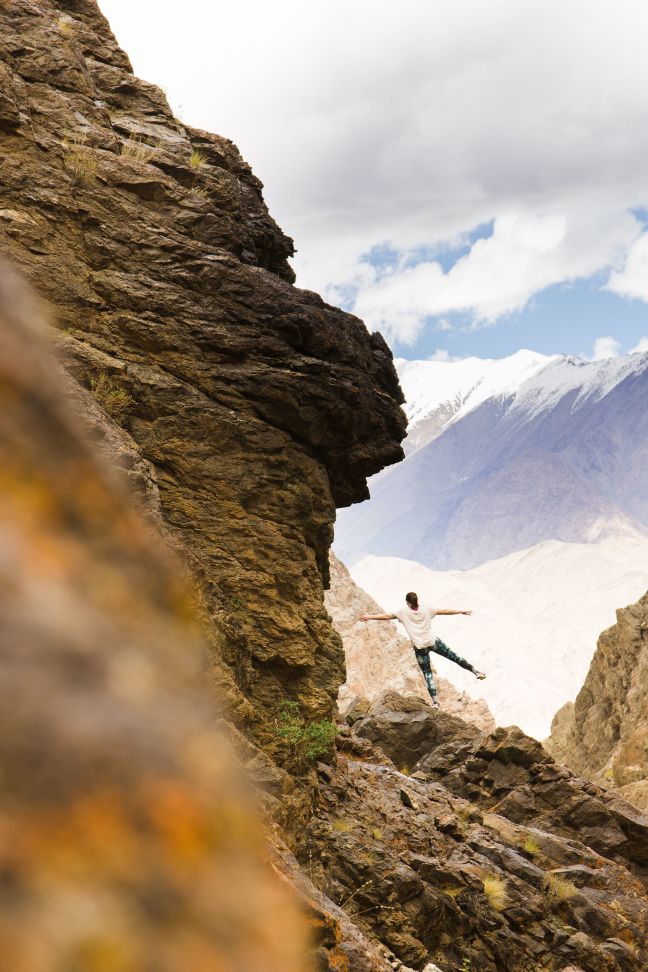
American couple?
And what made our trip even more special was getting to know an American couple who had been living for 2 years in the village, then returned to America for some time but now they are back for half a year.
They came to Ladakh with a mission – to learn the language and learn the ways locals do agriculture.
(They have a blog called “To the land of apricots” where you can read more!)
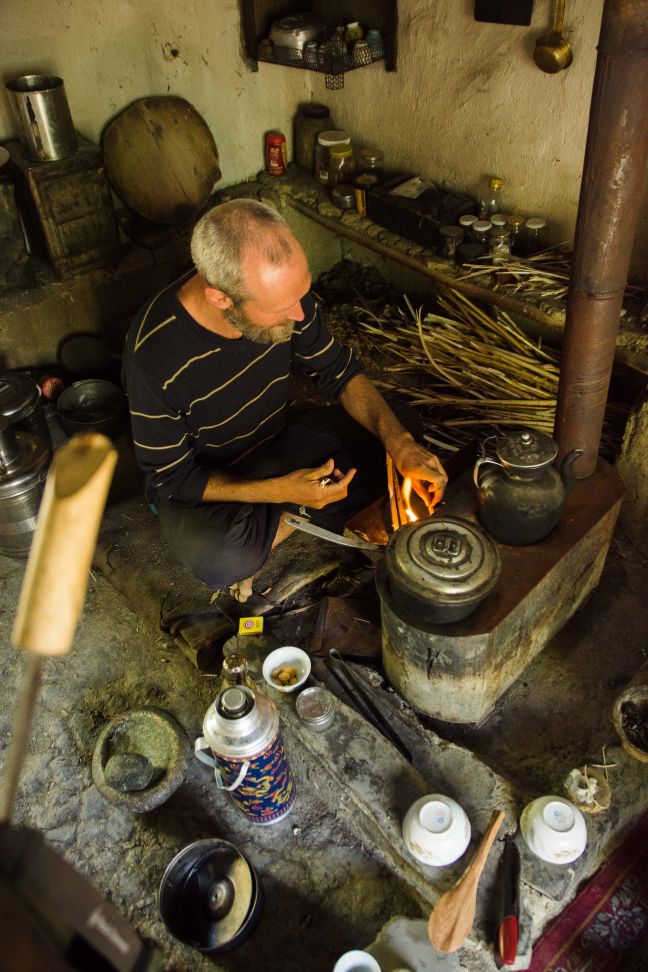
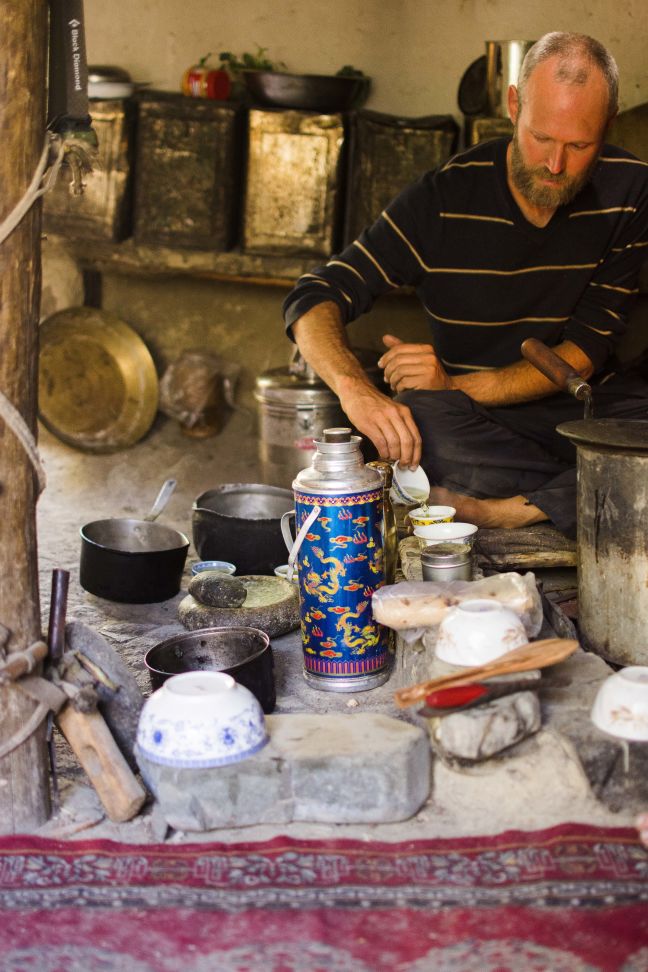
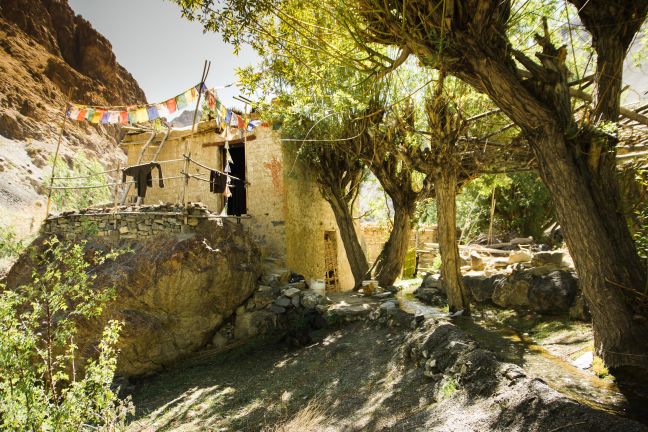
If you have read any of my posts from the times we were living in a tent I can tell you that those two are the same bunch of people.
With big heart, authenticity, peacefulness, knowledge, easiness of life, respect.
We were in ave and it made us connect with our deeper wishes even more. It is always this type of people who inspire us the most.
Simplistic.
We left the village with that »nooooo, do we really have to go alreadyyyy« feeling. Such a deep connection.
This is how my emotional self perceived the visit. The photos can tell you even more. And I even recommend you to watch my shlog.
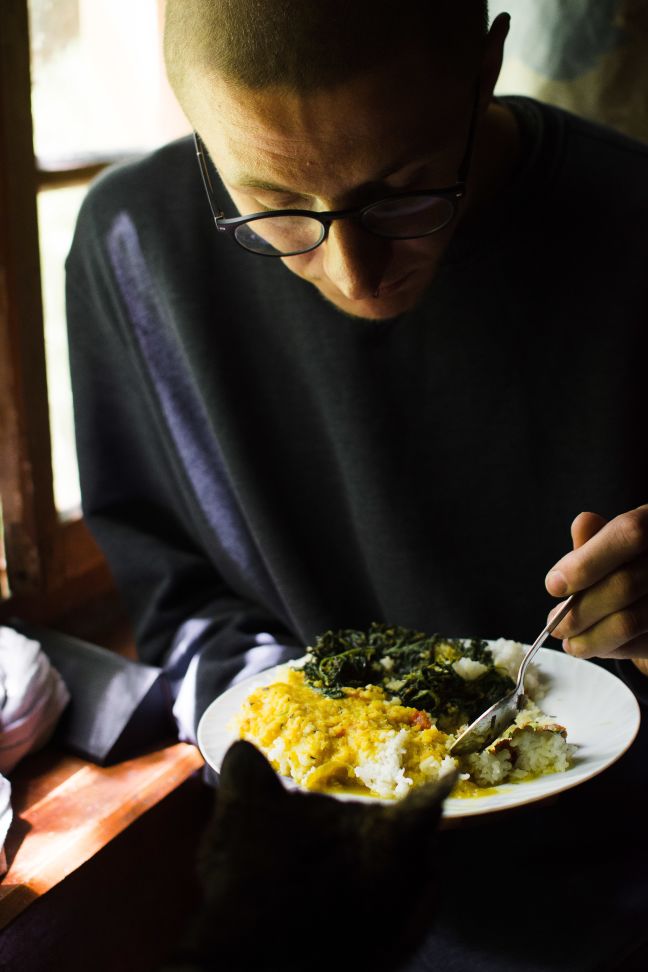
Frequently asked questions section
But I would also like to include some facts in this post that I have learned and that might be interesting to you too.
1. Most men of the village work as drivers or in the military. The people in the village could be self-sustainable but if you want to send your kids to school etc. you need income. Which brings me to the second point.
2. There is no school in the village so kids need to go to Leh for education (3 h bus drive). Which also means they need to stay in dormitories or a parent needs to go stay with them.
3. They mostly grow barley and it is their staple food. They make puffed barley (yos), barley beer (chaanng), roasted barley flour (tsampa) with it. They also grow wheat. The season is quite short (the village is on 3200+ m altitude) but they manage to grow a lot of green veggies (that they dry and use in winter), tomatoes, cauliflower, zucchini …
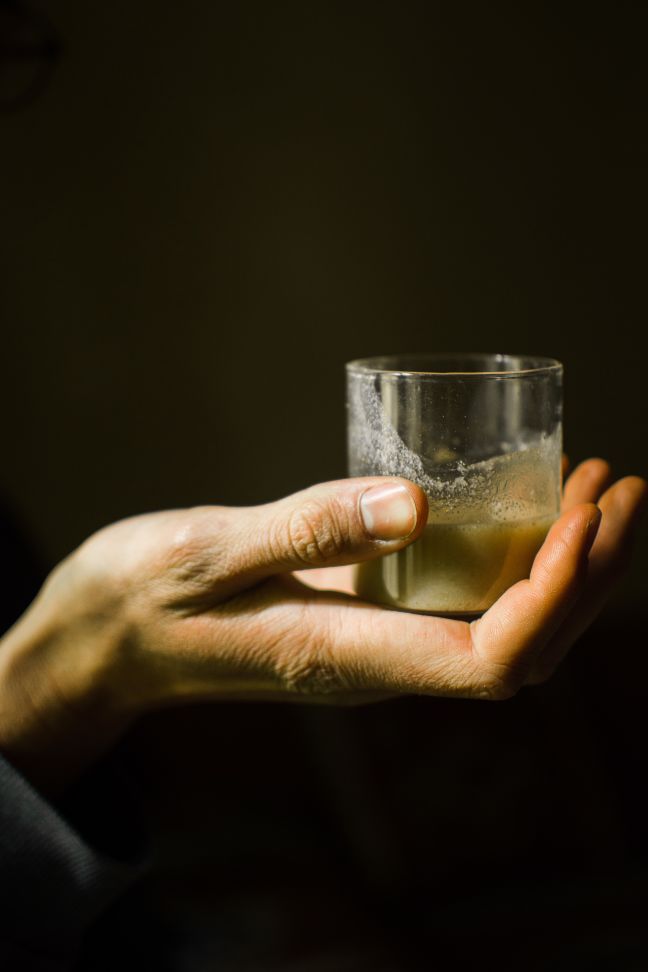
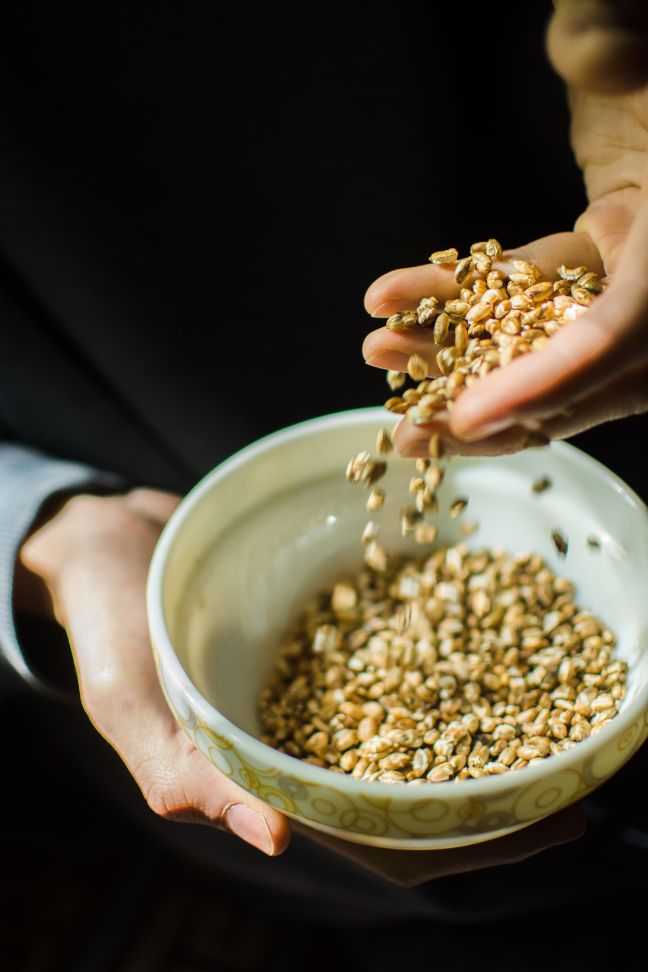
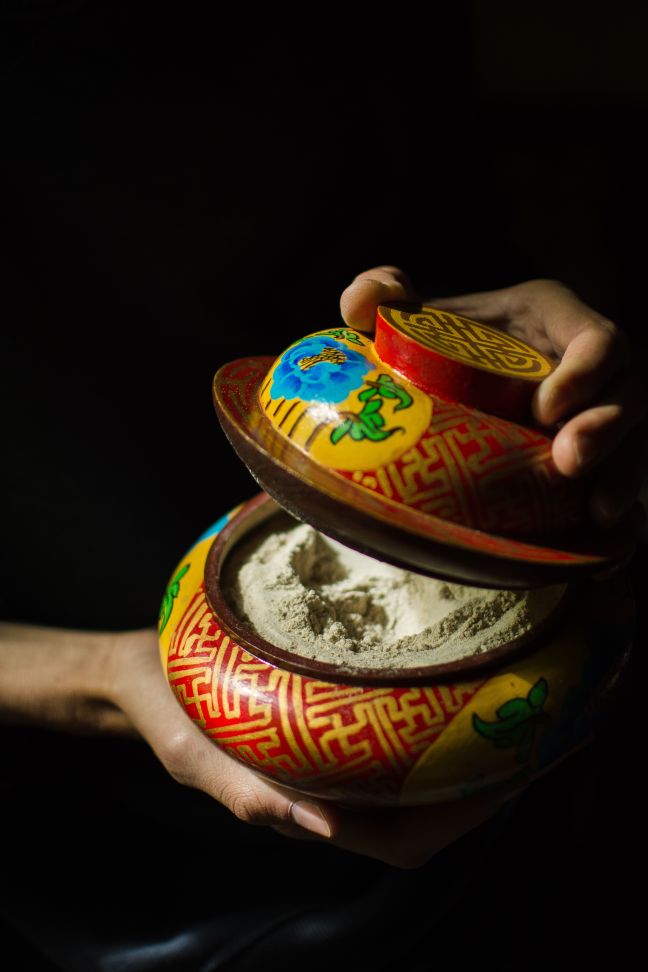
4. Climate is interesting. It is a very sunny place meaning they have apricot, almond and walnut trees. But it is also very cold most of the time (with temperatures below –°C even in April).
5. They have dzo (mix of cow and yak) for the plowing, cows for dairy, sheep for wool. The shepherds take the animals up the mountains each day during the season for pasture.
6. The population of the village is getting older, young people go to cities to pursue other stuff. Men do get some time off during plowing season so they can help. The American couple’s observation is that it would take just a few young people to keep the village going. The lack of workforce shows even in the smallest things. For example, there used to be many many sheep and cows in the village but now people have sold them because there is no-one who can take them to the mountains. Meaning there is less animal fertilizer. Meaning there is a chance that the soil will wear out in the future years.
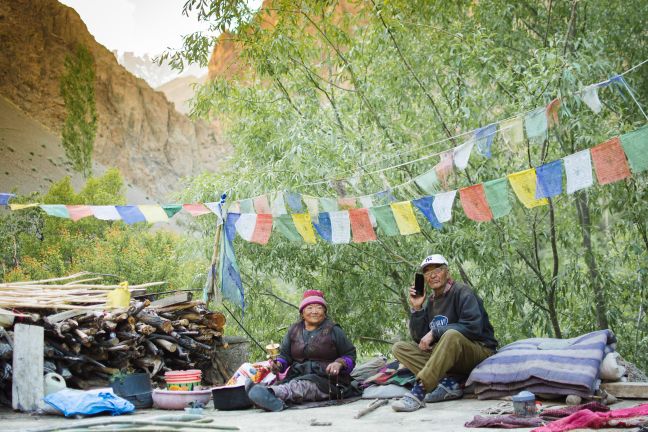
7. The season starts in March and includes cleaning the irrigation system (those are all those cute little streams all over the village) and putting fertilizer on the fields. Then comes the soaking of the fields in three steps. In each ladies make small curves on the fields so the water distributes equally. We heard it is really a piece of art. Then comes the plowing. During the growing period, it is mostly ladies who take care of watering and weeding. And then the big part of the job comes when it is time to harvest in August. For that, they hire workers from Nepal because it is very hard work and not enough people in the village.
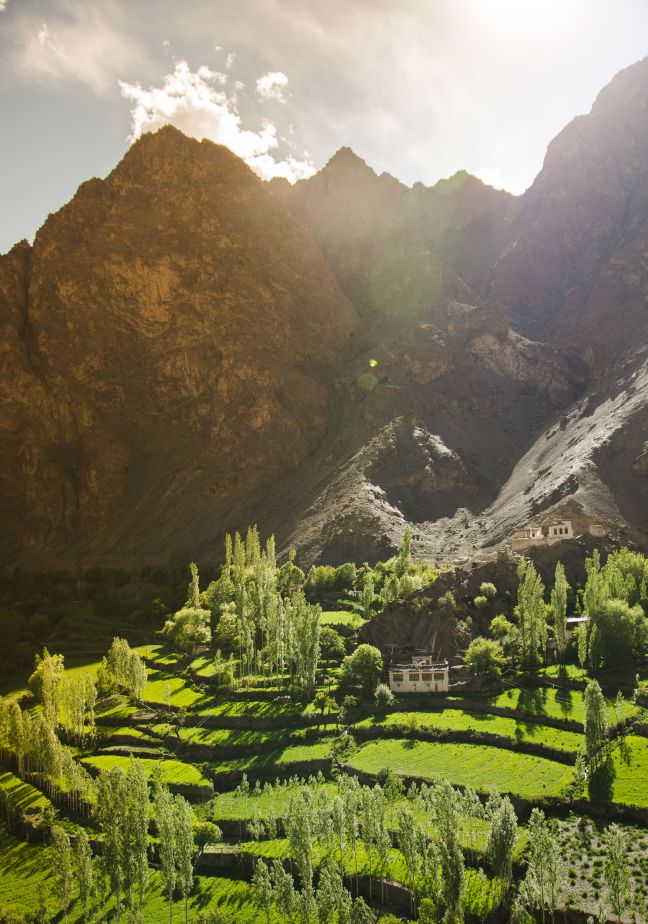
8. The American couple wants to open a small school in a far future and also start with some kind of work away.
9. I am really not exaggerating when I say that people are SO SWEET. There is something in the way they talk to you, the way they do their things, how they communicate with each other …
